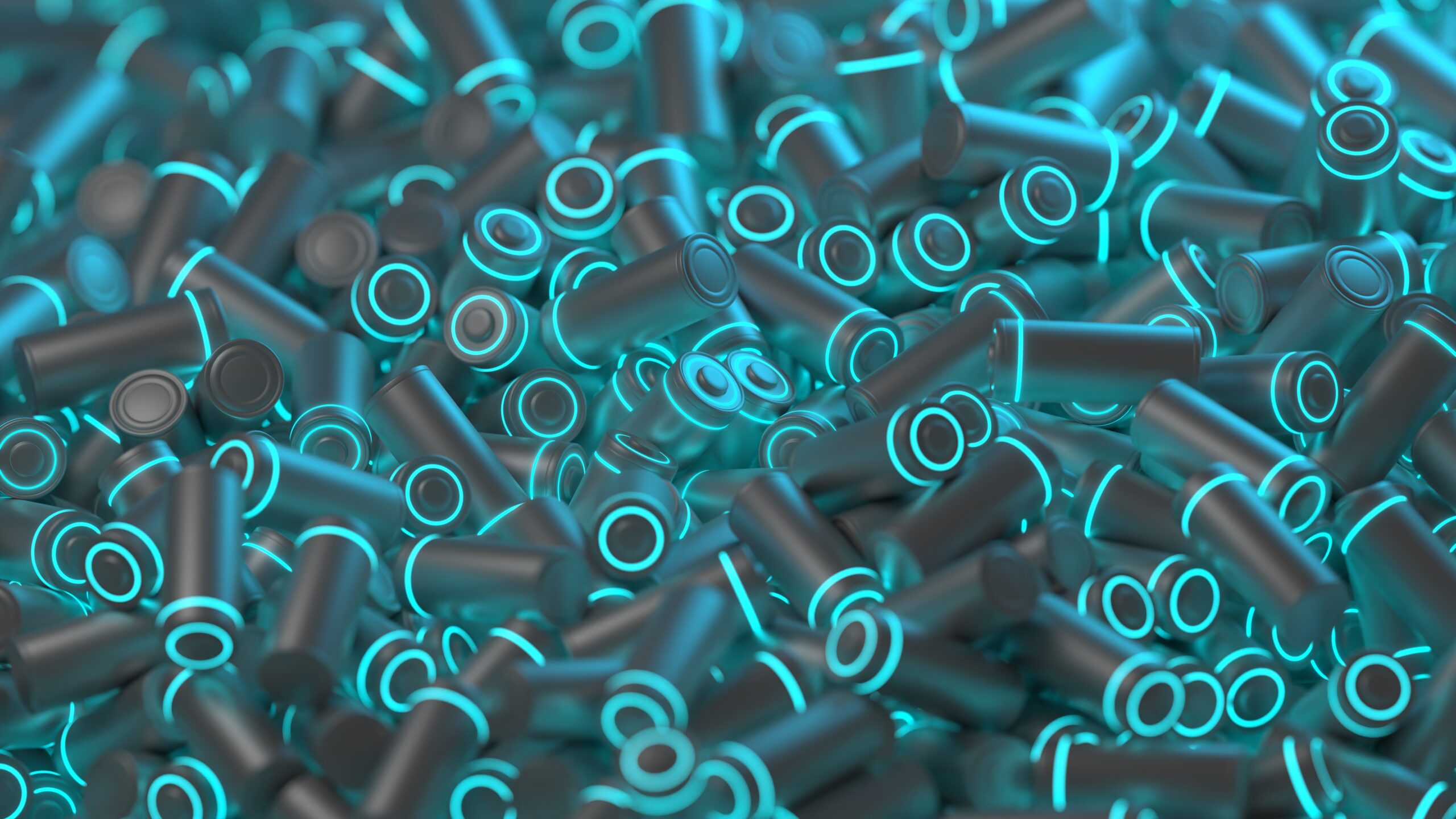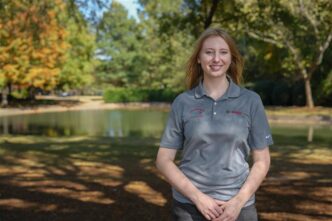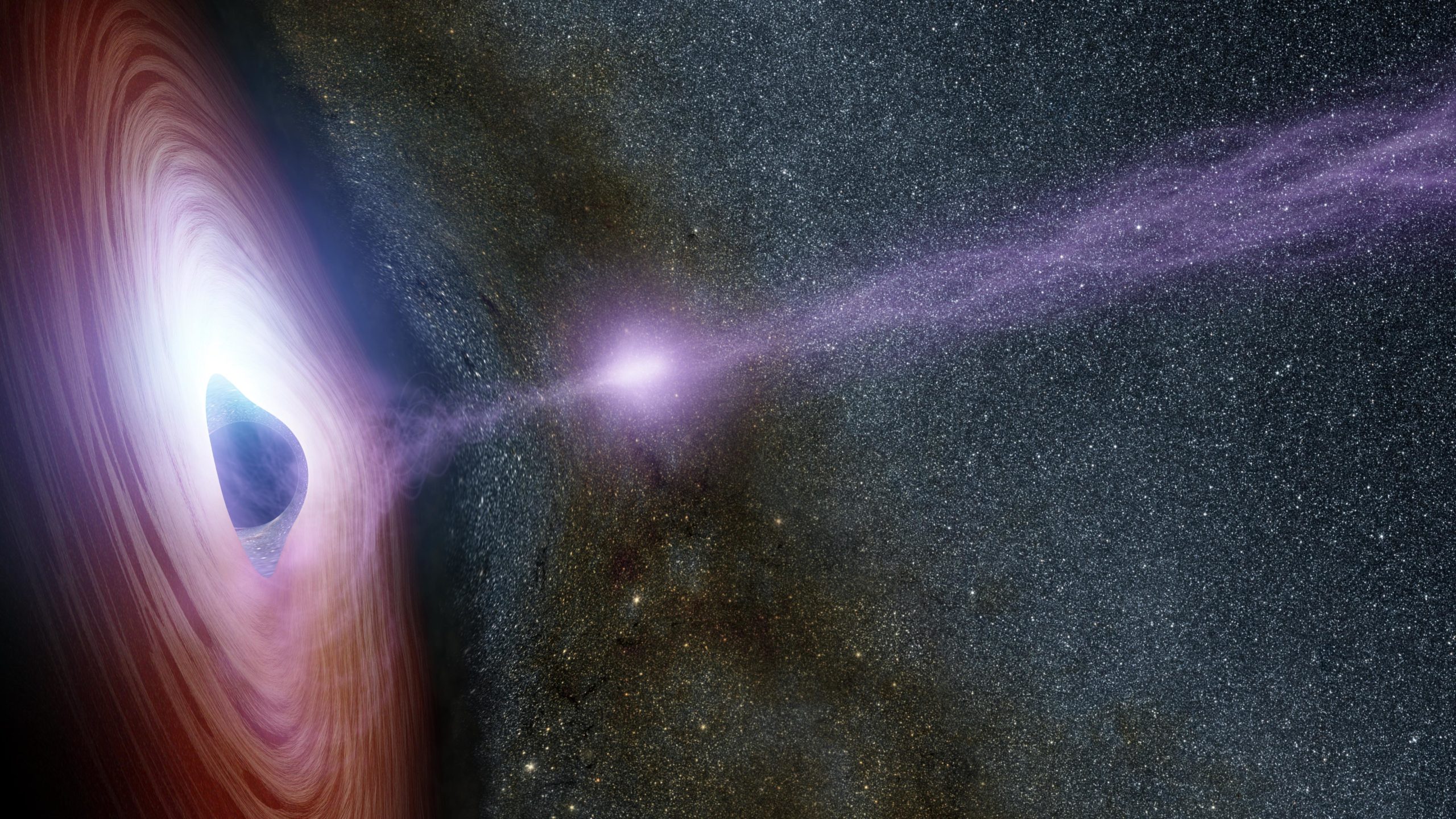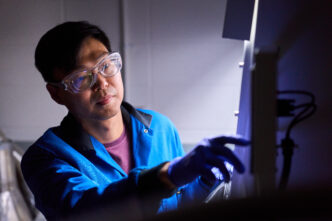NASA is on the quest for a better battery — one that is lighter, longer lasting and able to survive the extreme temperatures found in space — and a Clemson graduate student’s research could help lay the groundwork.
Alan Rowland, a graduate student in the Clemson University Department of Physics and Astronomy, has received a prestigious NASA SC Space Grant fellowship to explore the role nitrogen plays in sulfurized polymer-based lithium-sulfur batteries.

“The fellowship is nice because of how relevant it is to my research. Energy storage, especially lithium-sulfur batteries, are pretty hot topics now,” he said. “Oftentimes when you do science, as a grad student, you need to spend weeks, months or years working on a project while taking courses and teaching labs. It feels rewarding to have this funding as it will allow me to focus on my research as a research assistant.”
Rechargeable batteries are important in many NASA missions — for load leveling, for providing electrical power for survival during eclipse periods on solar-powered missions and as a power source for activities performed by astronauts outside their spacecraft. But NASA mission requirements for power and energy storage are way beyond what today’s commercially available state-of-the-art electric vehicle batteries can achieve.
“NASA wants to develop new energy storage systems that are lighter because every gram launched into space is very expensive. They want to reduce the weight without compromising its ability. Also, battery chemistries that work on Earth are often not suitable for NASA missions in extra-terrestrial environments,” said Ramakrishna Podila, an associate professor in the Department of Physics and Astronomy and Rowland’s adviser. “We have a lot of good batteries, but they are made for terrestrial applications.”
Reached the limit
Current lithium-ion batteries have reached the limit of how much energy they can store. Sulfur is inexpensive, plentiful and, theoretically, has a lot more energy density than conventional lithium-ion cell materials, making it a prime target for researchers.
But there are challenges, the most significant being that elemental sulfur’s form undergoes a series of structural and morphological changes during the battery’s charge-discharge cycle, making it unstable and leading to fast cell failure. Previous research by Rowland and Podila showed that cells using a sulfurized polymer called polyacrylonitrile had increased quantum capacitance. The researchers believe that could be because polyacrylonitrile contains nitrogen.
“Sulphur has high theoretical capacity and is supposed to be an excellent material, but when you get to the lab, none of it works. It drops dead after a couple of cycles. But we have this material called sulfurized polyacrylonitrile that experimentally worked very well, but theoretically, we do not yet know much about it,” Podila said.
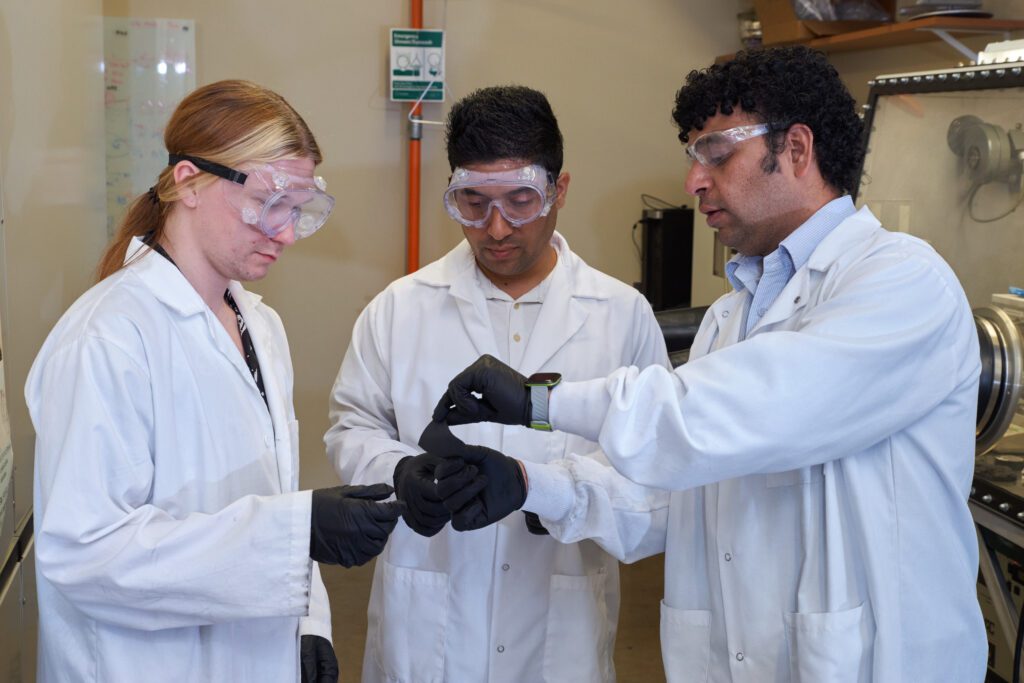
Nitrogen’s role
In his new research, Rowland will study different polymers that have varying nitrogen content to try to understand how significant a role nitrogen plays in how lithium-sulfur batteries work.
Rowland will bake those polymers in a nitrogen atmosphere. A big question is whether the structure before baking matters.
“It’s similar to baking a cake. You put your eggs, flour and what not in and put it in the oven. When it comes out, it has a completely different structure than your original ingredients,” he said.
The primary goal of the work is to understand the structure and charge dynamics of sulfurized polyacrylonitrile.
Secondly, it is assumed that energy is stored in sulfur batteries using a redox reaction, or a charge exchange where the material changes substantially, but researchers don’t know whether that’s actually happening, Rowland said.
“It is proposed that you have sulfur and you have lithium, they bind and become a new material called lithium sulfide. But we don’t know whether that is actually happening. It’s just accepted by everybody that is what must be happening. But we don’t know because we don’t have a clue about the structure,” he said. “What is in the literature is, if this is the structure, this should be the reaction and if this is the reaction, this should be the structure. But there is no independent evidence.”
Learning about the material
The goal is to determine what this material is and whether a redox reaction is actually happening from a fundamental science point of view, Podila said.
“There’s a famous anecdote of Richard Feynman going bird watching with his father. Feynman asked his father the name of a particular bird. His father named the bird and then told his son that knowing the name of the bird is not knowing the bird. That’s very profound,” he said. “In the same way, we have given sulfurized polyacrylonitrile a name, but that doesn’t mean we know anything about it. This is what’s Alan is trying to do — he’s trying to learn about the bird.”
Rowland is also the recipient of a Sigma Xi grant and an American Physical Society Group on Energy Research and Applications (GERA) grant.

